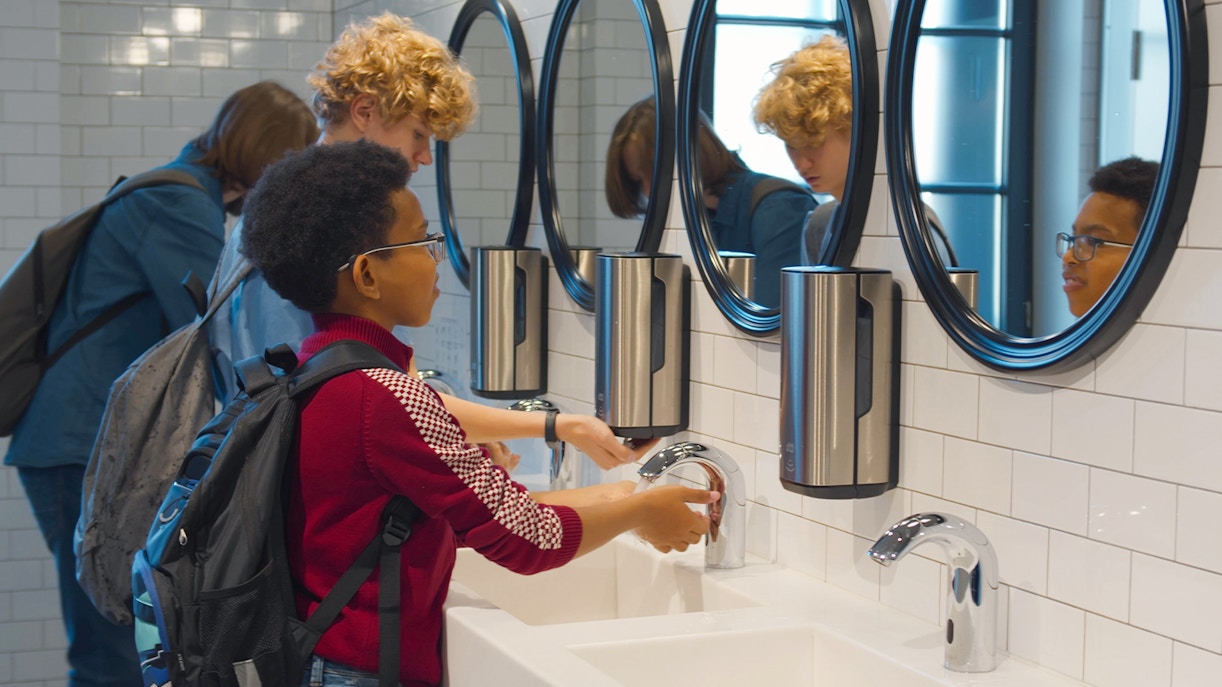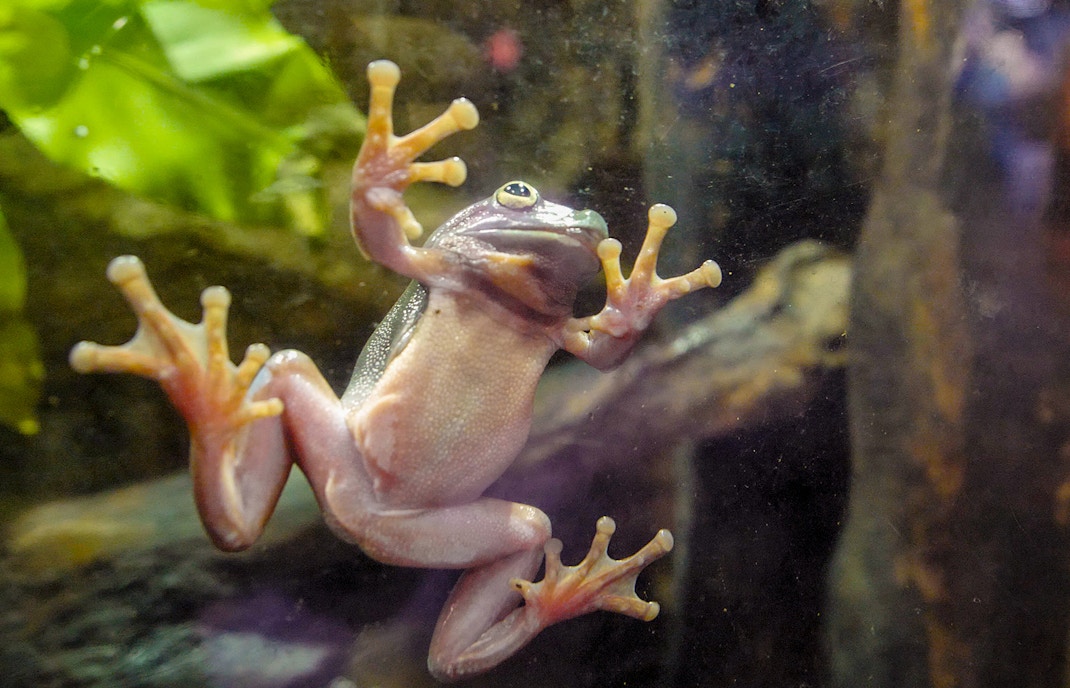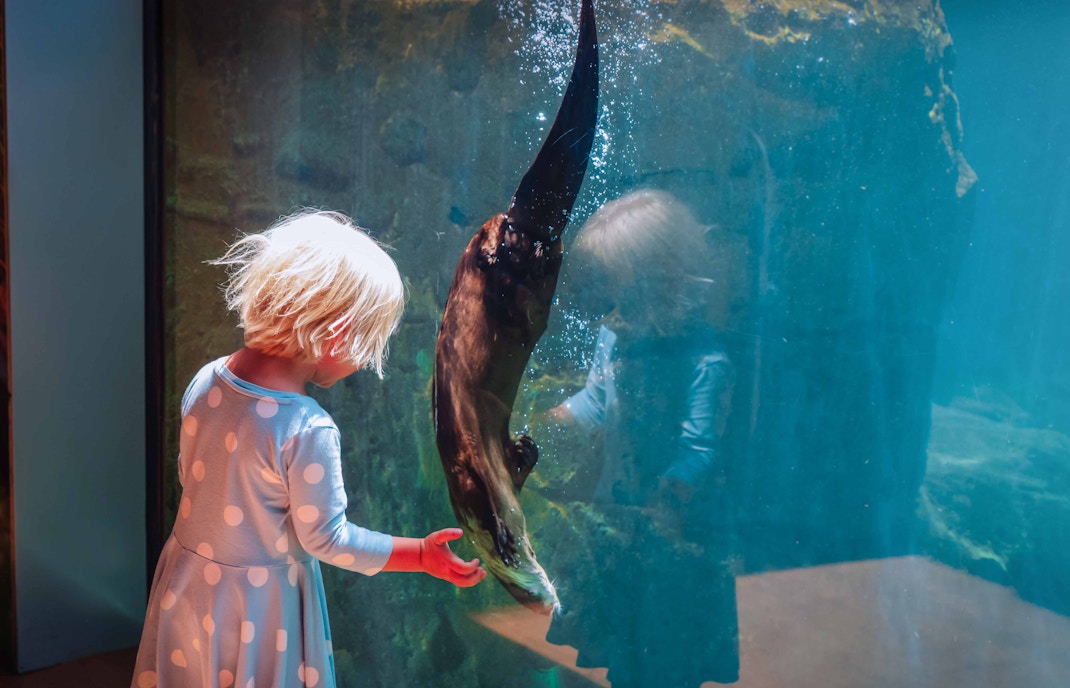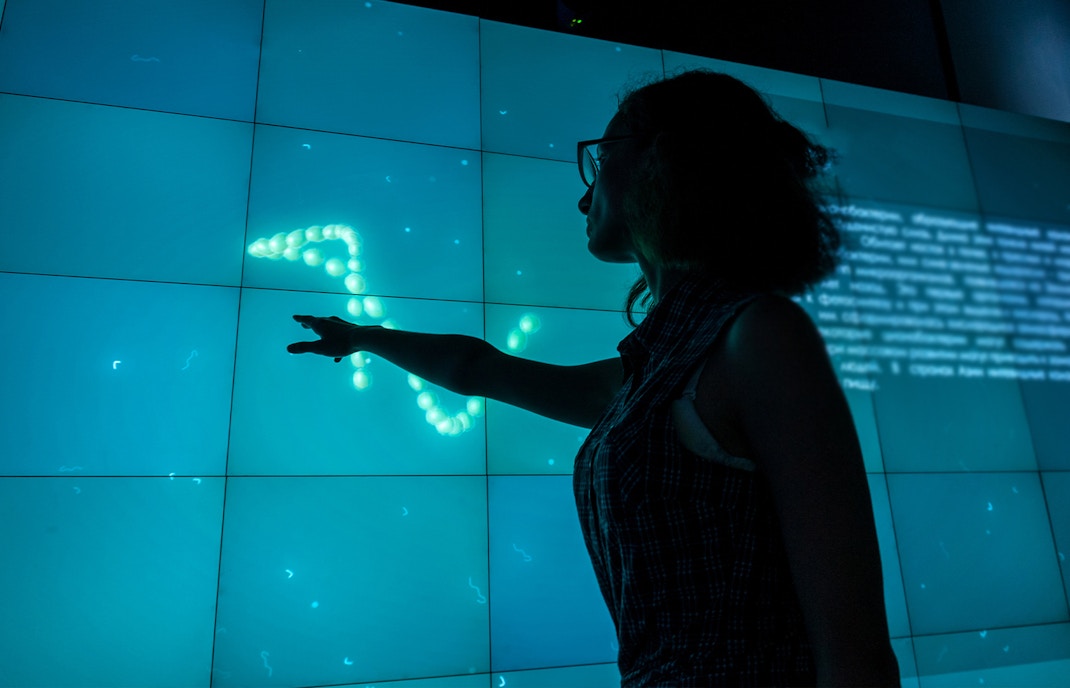Timings: The Aquarium of the Pacific is open daily from 9am to 6pm. On select dates, the closing time is extended to 8pm, including August 1 to 11, 13 to 18, 24 to 25, & 31; September 1, 2, 7, 8, 14, 15, 22, 28, & 29; October 5, 13, 19, 26, & 27
Closed: The aquarium is closed on December 25 every year.



































